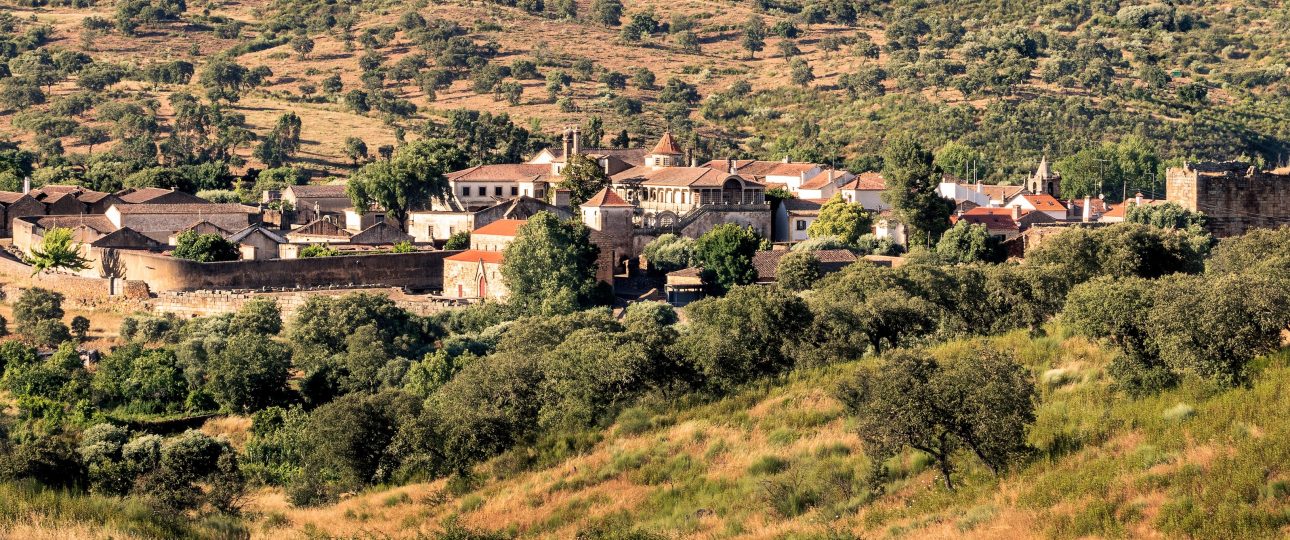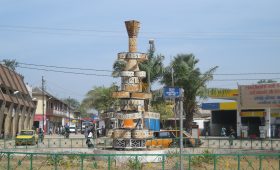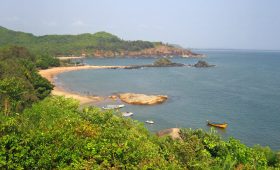Exploring Idanha-a-Velha: Portugal’s Historical Treasure
Historical Significance
Idanha-a-Velha, historically known as Egitânia, offers a fascinating journey through time. Once a thriving Roman city, it later evolved into a significant medieval settlement. The village’s historical importance is evident in its well-preserved ruins, which provide a tangible connection to the past. As you walk through its narrow streets, the ancient walls seem to whisper stories of bygone eras.
Roman Ruins
The Roman ruins in Idanha-a-Velha are remarkable. While there isn’t an amphitheater as previously mentioned, you can explore the remnants of Roman baths and intricate mosaics that hint at the city’s former grandeur. The site of a Roman temple now hosts a beautiful cathedral, blending layers of history in one location.
Medieval Architecture
The medieval architecture of Idanha-a-Velha is captivating. Although there isn’t a castle directly in the village, the nearby Monsanto features a stunning medieval fortress. In Idanha-a-Velha, you’ll find charming stone houses and picturesque churches that showcase the architectural beauty of the Middle Ages.
Natural Beauty
Idanha-a-Velha is surrounded by the scenic landscapes of the Beira Baixa region. Rolling hills, lush valleys, and clear rivers create a picturesque setting. A hike through the countryside reveals hidden waterfalls and tranquil lakes, offering a peaceful retreat into nature.
Nearby Natural Attractions
While the Tagus River does not flow directly through Idanha-a-Velha, the region is rich in natural beauty. Nearby, the Monsanto Natural Park is known for its striking rock formations and diverse flora and fauna. The Tejo Internacional Natural Park offers breathtaking views and opportunities for birdwatching and hiking.
Best Time to Visit
Spring and autumn are ideal for visiting Idanha-a-Velha, with mild weather and vibrant local festivals. Winter offers a quieter experience, with a serene atmosphere enveloping the village.
How to Get There
To reach Idanha-a-Velha, fly into Lisbon International Airport. From there, take a train or bus to Castelo Branco, the nearest city. From Castelo Branco, local buses or taxis can take you to the village. If driving, the A23 highway provides easy access.
Local Transportation
Idanha-a-Velha is best explored on foot due to its compact size. For trips to nearby nature reserves or countryside exploration, renting a car is recommended. This allows for flexibility and the chance to discover less-traveled paths.
Summary of Facts
- Idanha-a-Velha, once a Roman city, later became a medieval settlement.
- The village features Roman baths, mosaics, and a cathedral built on a Roman temple site.
- Nearby Monsanto offers a medieval fortress with panoramic views.
- The region is surrounded by natural beauty, including the Monsanto and Tejo Internacional Natural Parks.
- Spring and autumn are the best times to visit, with winter offering a peaceful atmosphere.
- Accessible from Lisbon via train, bus, or car, with local transportation best done on foot.




